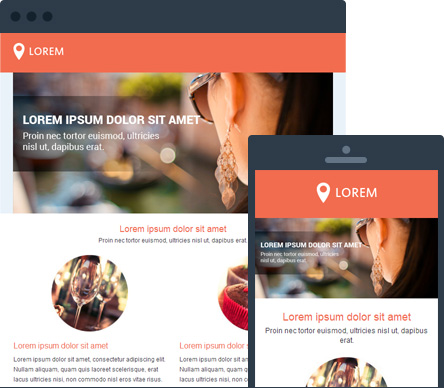New incident system
by Emiel Bruijntjes
We recently introduced a number of changes to our incident system. We have almost completely rewritten the system "under the hood" so that it is now fully integrated in the Copernica architecture. As a result of the changes, end users can now use their Copernica user name to access the full support history. We also changed the notification mails that are sent when the status of an incident changes, and made changes to the Copernica.com pages on which you can review our answer.
Why were those changes necessary? In the previous setup the incident system was a seperate system that was at best loosely integrated with Copernica. Based on fuzzy logic and vague assumptions the system did its best to link incoming emails from users to customers records and user accounts - but a small change in one system could cause the other system to get out of sync. New users experienced this: if their account did not completely match the account in the incident system, it was not possible to reach our support department. This seperation of the systems made maintenance and further development much more complicated than necessary. With the new setup, this is all much simpler.
Answer is no longer included in the notification mail
Previously, the notification mail als held the answer from Copernica and the full incident history with all previous answers and replies. Although those emails were very useful, this did mess up our database as users simply hit the 'reply' button to send in a further question. These follow up questions were fully intermingled with the answer that we gave, and all other earlier questions and answers from the same incident (that sometimes also were already mixed up answers-and-questions). Because of all this mixed up messy HTML code in our database it was hard (not to say impossible) to show a nicely formatted incident conversation on a web page and to make the incidents indexable for search engines.
To overcome this, we have decided to discourage users to hit the reply button. Instead of including the full answer in the email, we only send out an email with a link to a web page where the answer can be found. On this website a simple reply form is available that can be used for further questions and feedback. Because this simple reply form can only contain the additional feedback from the user, it will not mess up our database. It is now much easier for us to later introduce incident search options and overview lists of past incidents.
Initial problems and shortcoming
When an email message to support@copernica.com comes in, we immediately check if this is a known email address of a Copernica user. The incident will be created and linked to this user.
We discovered however, that some users are listed in the Copernica system (because they have for example registered as a newsletter subscriber), but do not yet have a password to access Copernica.com. With the new system they do receive a notification email with a link in it to view the incident on the website, but are unable to do so because they have not the slightest idea what their password is (in fact, they do not have a password). For these users we are now building a new form on the website where they can initially set their password the first time they want to access an incident.
An other problem is that not every mail that we receive can be linked to a user in our system. Sometimes an incident is submitted by someone else, for example if someone sends us an email 'on behalf of a colleague'. Such emails are received by the support department as well, and we link those incidents by hand to an appropriate user and/or company. This can also result in user records for which no password is yet set - but the introduction of the new form described above will also solve this.




